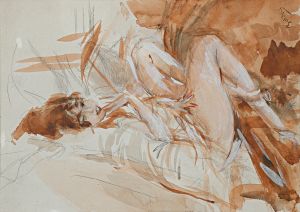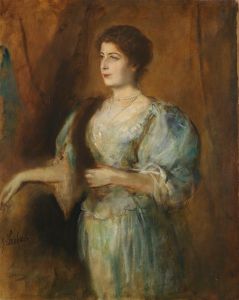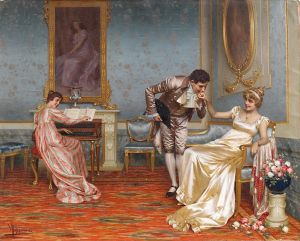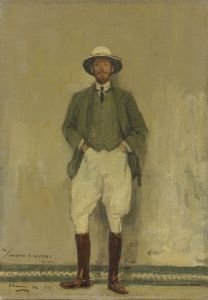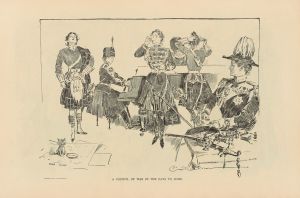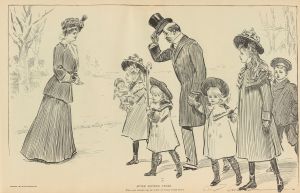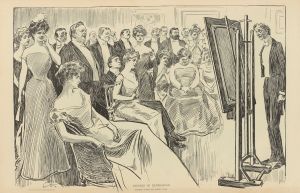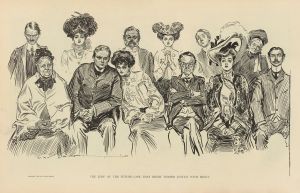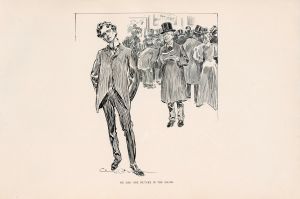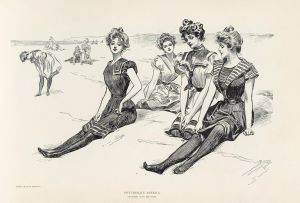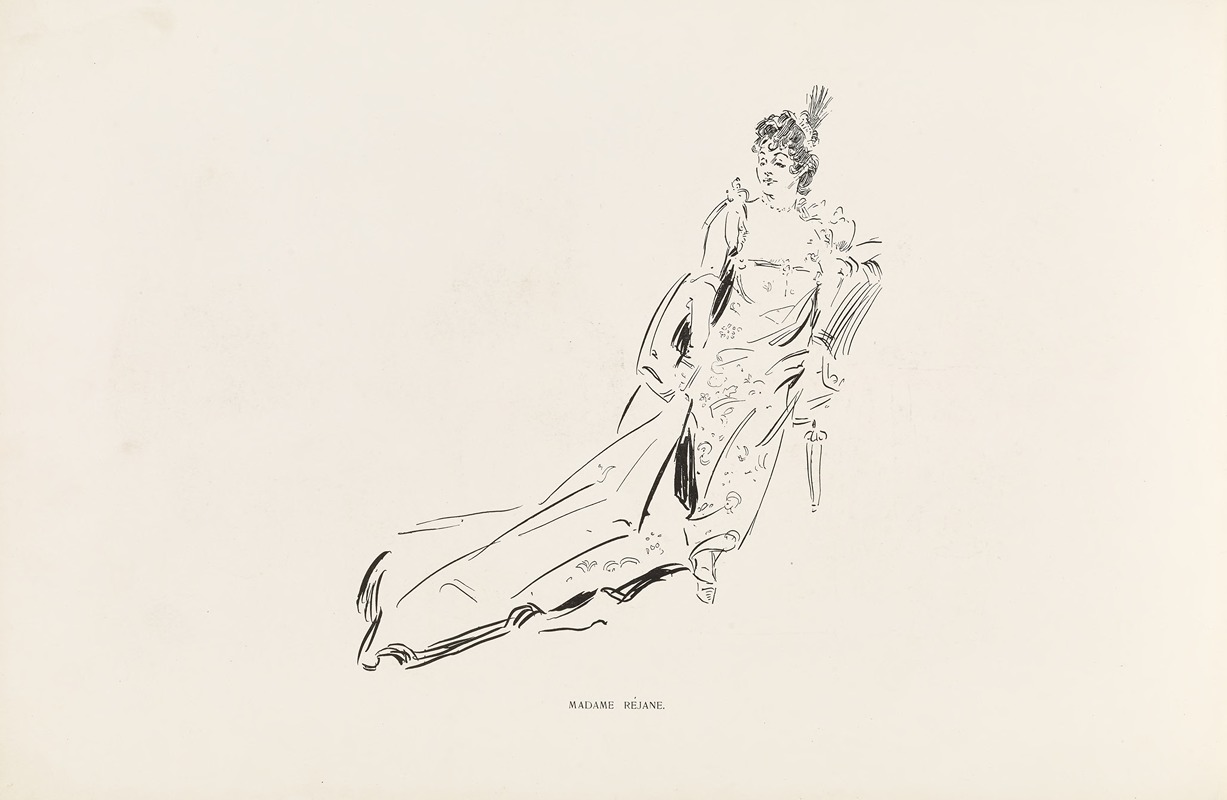
Madame Rejane
A hand-painted replica of Charles Dana Gibson’s masterpiece Madame Rejane, meticulously crafted by professional artists to capture the true essence of the original. Each piece is created with museum-quality canvas and rare mineral pigments, carefully painted by experienced artists with delicate brushstrokes and rich, layered colors to perfectly recreate the texture of the original artwork. Unlike machine-printed reproductions, this hand-painted version brings the painting to life, infused with the artist’s emotions and skill in every stroke. Whether for personal collection or home decoration, it instantly elevates the artistic atmosphere of any space.
Charles Dana Gibson was an influential American illustrator, best known for his creation of the "Gibson Girl," an iconic representation of the American woman at the turn of the 20th century. His work captured the spirit of the era and was widely published in magazines such as Life, Scribner's, and Harper's. Among his many illustrations, "Madame Rejane" stands out as a notable piece, though it is less frequently discussed than his Gibson Girl illustrations.
"Madame Rejane" is an illustration by Charles Dana Gibson that depicts the famous French actress Gabrielle Réjane, who was a prominent figure in the theatrical world during the late 19th and early 20th centuries. Réjane was known for her dynamic performances and was a contemporary of other renowned actresses such as Sarah Bernhardt. She gained international fame for her roles in plays by playwrights like Victorien Sardou and Georges Feydeau, and her work contributed significantly to the popularity of French theater abroad.
Gibson's illustration of Madame Réjane captures her in a moment that reflects both her elegance and her commanding stage presence. The artwork is characterized by Gibson's signature style, which includes fine lines and detailed shading, bringing out the personality and charisma of Réjane. His ability to convey emotion and character through his illustrations made him one of the most sought-after illustrators of his time.
The illustration of Madame Réjane would have been created during a period when Gibson was at the height of his career, and it reflects the cultural exchange between America and Europe, particularly in the arts. During this era, American audiences were increasingly interested in European theater and performers, and illustrations like Gibson's helped to bridge the gap between the two continents, offering a glimpse into the world of European theater.
Gibson's work, including "Madame Rejane," played a role in shaping public perceptions of theater and its stars. His illustrations were not just portraits; they were narratives that told stories about the individuals he depicted. In the case of Madame Réjane, Gibson's work would have contributed to her international reputation, presenting her as a sophisticated and talented actress to an American audience.
While specific details about the creation and publication of "Madame Rejane" are limited, it is clear that the illustration is part of Gibson's broader body of work that celebrated and documented the cultural icons of his time. His illustrations remain significant for their artistic quality and their role in capturing the zeitgeist of the early 20th century.
Overall, Charles Dana Gibson's "Madame Rejane" is a testament to his skill as an illustrator and his ability to capture the essence of his subjects. It reflects the interconnectedness of the cultural worlds of America and Europe and highlights the importance of illustration in the dissemination of cultural figures and ideas during this period.






